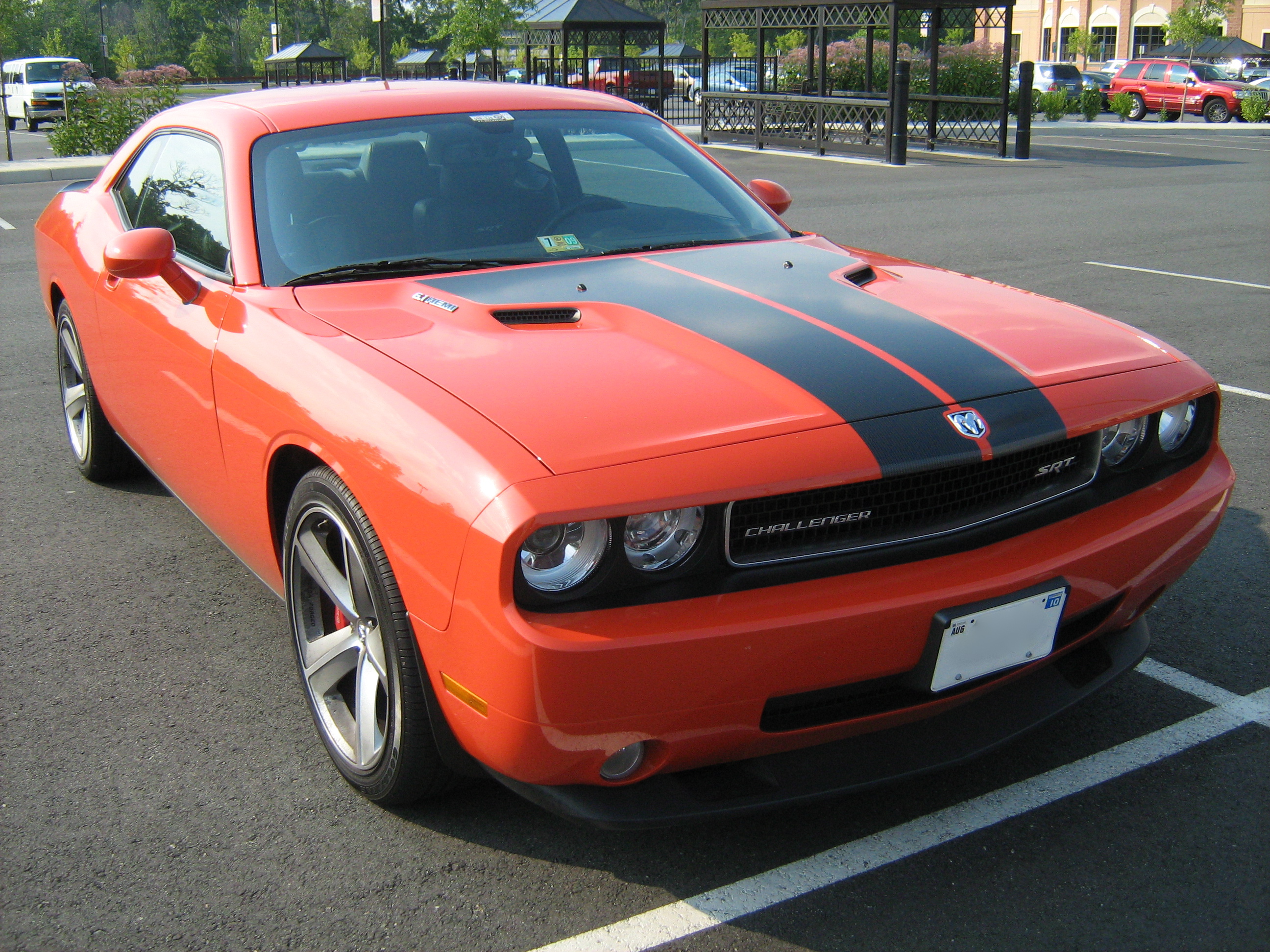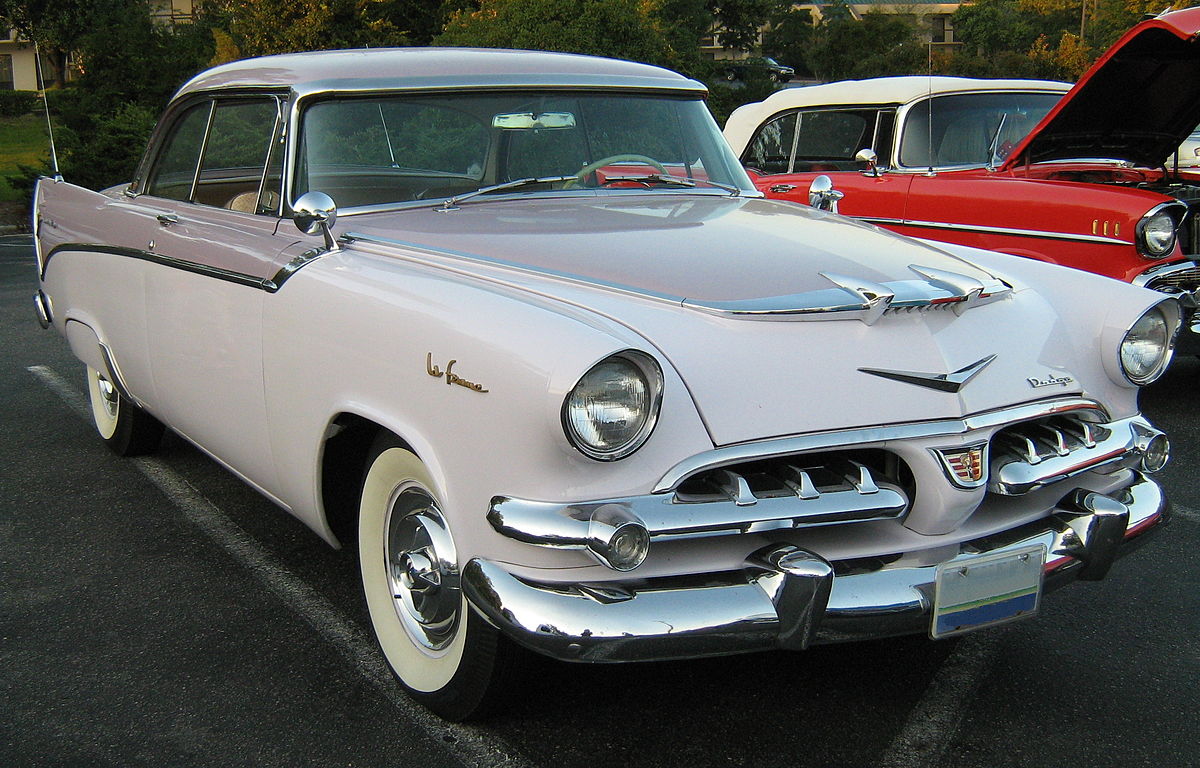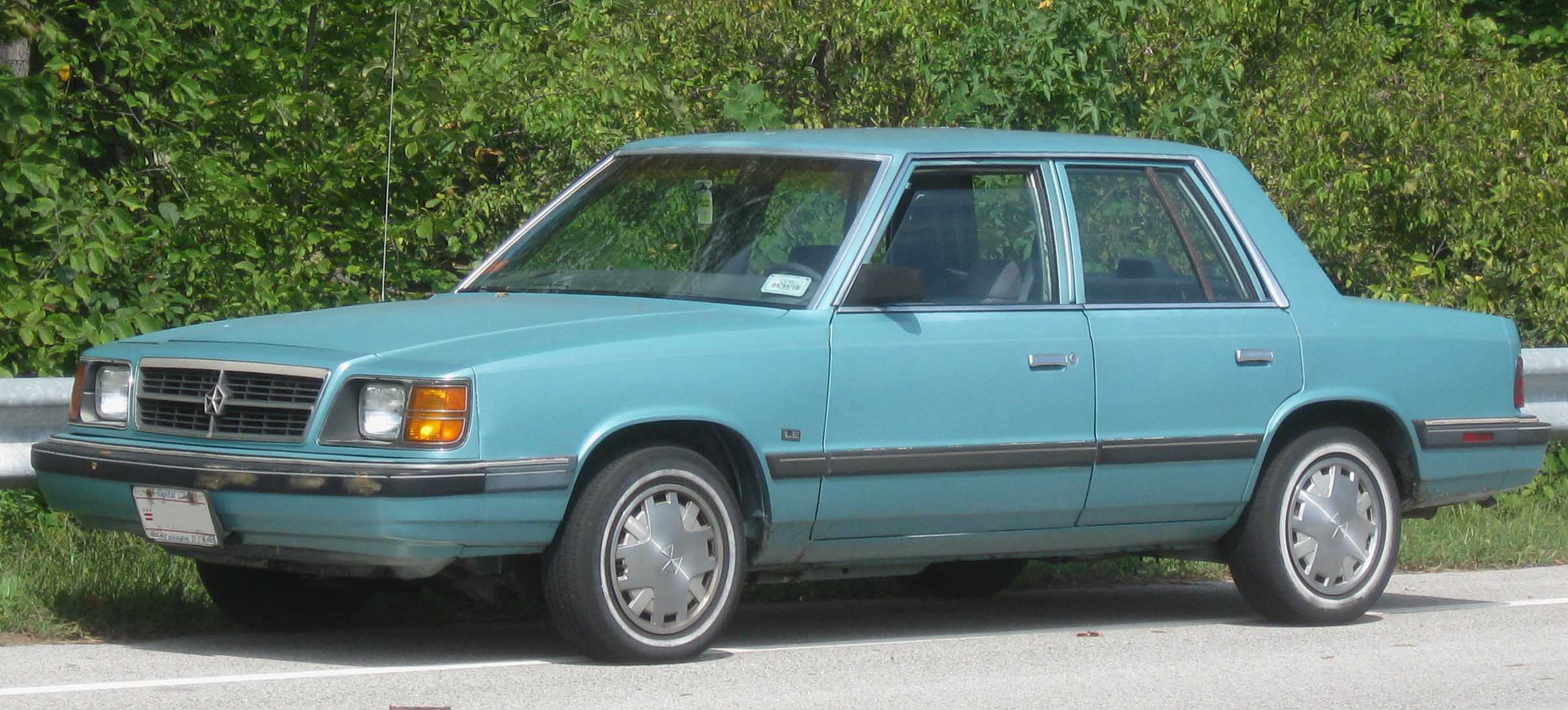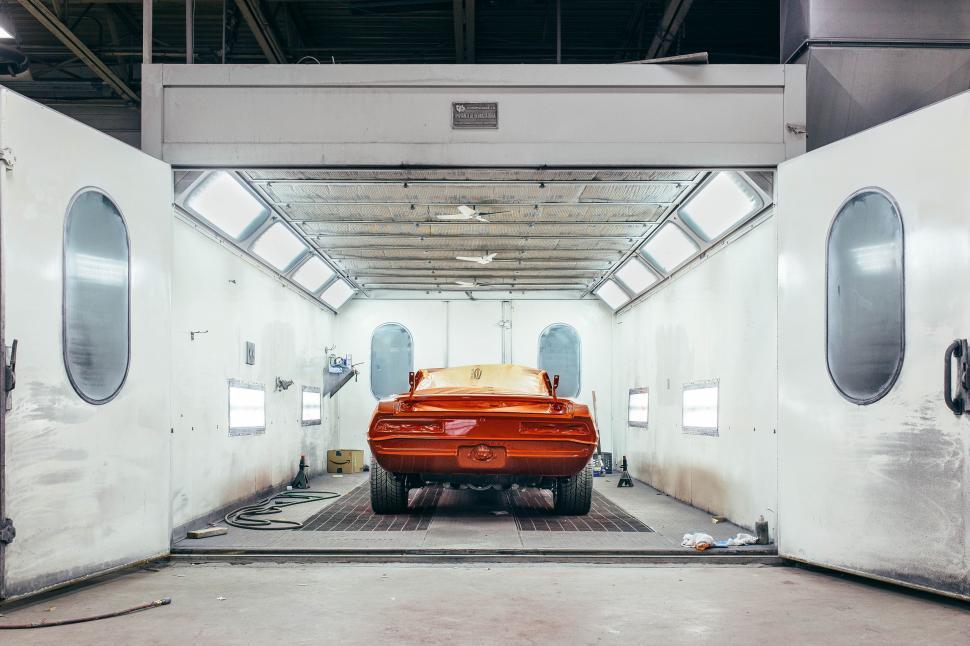
As we embark on a journey through Dodge’s infamous lineup of cars, it becomes evident that not every vehicle can stand the test of time. While some models shine with innovation and appeal, others sadly find themselves in the hall of shame, remembered for their failures. Today, we dive into the vehicles that earned a notorious reputation, exploring what went wrong and why they are deemed among the worst-selling cars in Dodge’s rich history.

1. **Dodge La Femme (1955-1956)**: Aimed at women, the La Femme was an innovative but ultimately misguided attempt at gender-specific marketing. Dodge introduced this pink and white automobile complete with matching accessories like a purse and raincoat. While the idea of a car specifically for women was forward-thinking, it did not resonate with the masses. The La Femme was perceived as a patronizing gimmick, and the model was discontinued after only two years.

2. **Dodge Aspen (1976-1980)**: Although it was once lauded as Motor Trend’s Car of the Year in 1976, the Dodge Aspen quickly fell from grace. Plagued by quality control issues, it garnered a reputation for rust problems and mechanical failures that severely affected its sales. Despite its initial promise, the Aspen couldn’t dodge its way out of the negative reviews, leading to its eventual demise.
3. **Dodge Omni (1978-1990)**: The Dodge Omni was Chrysler’s attempt to enter the compact car market with a fuel-efficient, front-wheel-drive model. However, it quickly became synonymous with the term ‘econobox’. Marketed as an affordable option, the Omni was criticized for its bland design and lackluster performance. While it had some success due to its low price, its reputation suffered due to poor build quality and reliability issues.

4. **Dodge Caliber (2007-2012)**: Marketed as the rugged successor to the Dodge Neon, the Caliber was intended to be a versatile compact car. Regrettably, it faced a storm of criticism for its subpar interior quality and uninspired driving experience. The Caliber fell short of delivering the quality and performance that consumers demanded, resulting in disappointing sales and its eventual retirement from the lineup.

5. **Dodge Nitro (2007-2012)**: The Dodge Nitro aimed to capture the SUV market with its bold, boxy design and muscular appearance. However, style wasn’t enough to compensate for its shortcomings. The Nitro was often criticized for its poor fuel economy, cramped interior, and rough ride. Consumer dissatisfaction led to its poor sales performance, making it one of Dodge’s less successful ventures.

6. **Dodge Dart (2013-2016)**: Brought back to life under a classic nameplate, the Dodge Dart was designed to compete in the crowded compact sedan market. However, it was plagued by a lack of distinction and mediocre performance. Even with its modern tech features, the Dart failed to provide the engaging driving experience and charisma that buyers desired, leading to dismal sales and an untimely exit from the automotive scene.

7. **Dodge Avenger (2007-2014)**: While the Avenger had hopes of capturing the mid-size sedan audience, it struggled to differentiate itself from the competition. Criticized for its uninspired design and subpar interior quality, the Avenger was overshadowed by more polished competitors. Its failure to stand out led to its discontinuation as Dodge shifted focus to more successful models.

8. **Dodge Intrepid (1993-2004)**: The Intrepid was part of Dodge’s attempt to modernize its lineup with sleek, aerodynamic designs. While initially successful, the Intrepid’s reputation was tarnished by mechanical issues, particularly with its engines and transmissions. These reliability problems marred its legacy, contributing to its fade from prominence in the Dodge lineup.

9. **Dodge Magnum (2005-2008)**: With its distinct station wagon profile, the Dodge Magnum aimed to marry practicality with performance. While it garnered a dedicated fan base with its bold looks, it struggled to achieve broad appeal due to poor fuel efficiency and a narrow target market. The Magnum’s inability to attract a wider customer demographic ultimately resulted in its brief stint on the production line.

10. **Dodge Journey (2009-2020)**: Intended as a versatile family-friendly crossover, the Journey promised value and adaptability. Unfortunately, it was frequently criticized for its outdated styling, absence of modern features, and average performance. Over the years, as automotive preferences shifted, the Journey failed to innovate, leading to disappointing sales and its eventual phase-out, highlighting the crucial balance between innovation and market appeal.

11. **Dodge Raider (1987-1989)**: The Dodge Raider was Dodge’s attempt to tap into the growing SUV trend of the late ’80s. While it had rugged looks and the off-road capability to match, it was essentially a rebadged Mitsubishi Pajero, which didn’t resonate well with consumers. The Raider’s compact size and limited engine options failed to attract the American audience, leading to its brief stint in the market.

12. **Dodge St. Regis (1979-1981)**: Designed as a full-size sedan, the Dodge St. Regis aimed to deliver comfort and luxury to consumers. However, its boxy silhouette and mediocre performance did not win over buyers. Competing against more sophisticated and better-performing rivals, the St. Regis quickly fell out of favor, resulting in its short-lived production run.

13. **Dodge Polara (1960-1973)**: Originally conceived as a full-size car, the Dodge Polara struggled to carve out its niche amid changing automotive landscapes. Throughout its lifecycle, the Polara experienced numerous redesigns, yet none were able to spark significant consumer interest. This lack of consistent identity and appeal ultimately led to its decline in the market.

14. **Dodge Shadow (1987-1994)**: The Dodge Shadow aimed to compete in the compact car segment but often fell short of the mark. Although it offered an affordable price point, its uninspired design and mediocre build quality left much to be desired. The Shadow struggled to stand out in a crowded market, leading to its eventual phase-out.

15. **Dodge Charger (1981-1987)**: Often confused with the legendary muscle car from the late 1960s and early ’70s, this iteration of the Dodge Charger was a front-wheel-drive compact hatchback. It lacked the performance flair and iconic style that defined its predecessors, leading to public disinterest and disappointing sales figures.

16. **Dodge Aries (1981-1989)**: As a key player in the K-car lineup that saved Chrysler, the Dodge Aries was initially praised for its practicality and fuel efficiency. However, as the competition advanced, the Aries was left behind with its outdated styling and lack of innovation. Its decline in popularity was a sign of changing consumer preferences.
.jpg/1920px-93_Dodge_Dynasty_(14344073600).jpg)
17. **Dodge Dynasty (1988-1993)**: Marketed as a mid-size luxury sedan, the Dodge Dynasty promised comfort and a smooth ride. Nevertheless, it struggled with its conservative styling and was overshadowed by more luxurious and technologically advanced competitors. The Dynasty’s inability to keep pace with the market trends led to its discontinuation.

18. **Dodge 600 (1983-1988)**: Aiming to provide an upscale alternative within the K-car lineup, the Dodge 600 was ambitious but fell short. Despite its goals, it was often criticized for its uninspired design and lack of sophistication. Competing in a marketplace filled with more polished vehicles, the 600 struggled to make an impact, ultimately contributing to its discontinuation.

Reflecting on this exploration of Dodge’s less celebrated models, it becomes clear that the automotive journey is as much about learning from failures as it is about celebrating milestones. While these vehicles may not be the shining stars of Dodge’s legacy, they offer valuable lessons in the intricate dance of design, innovation, and market demands. They serve as a reminder of the crucial need for alignment between vision and consumer expectations in the relentless pursuit of automotive excellence.
Related posts:
List of automobiles known for negative reception
Chrysler Jeep Dodge Ram Dealers Say Their Brands Are A ‘Disaster’ And They Know Who To Blame
The 50 Worst Cars of All Time



